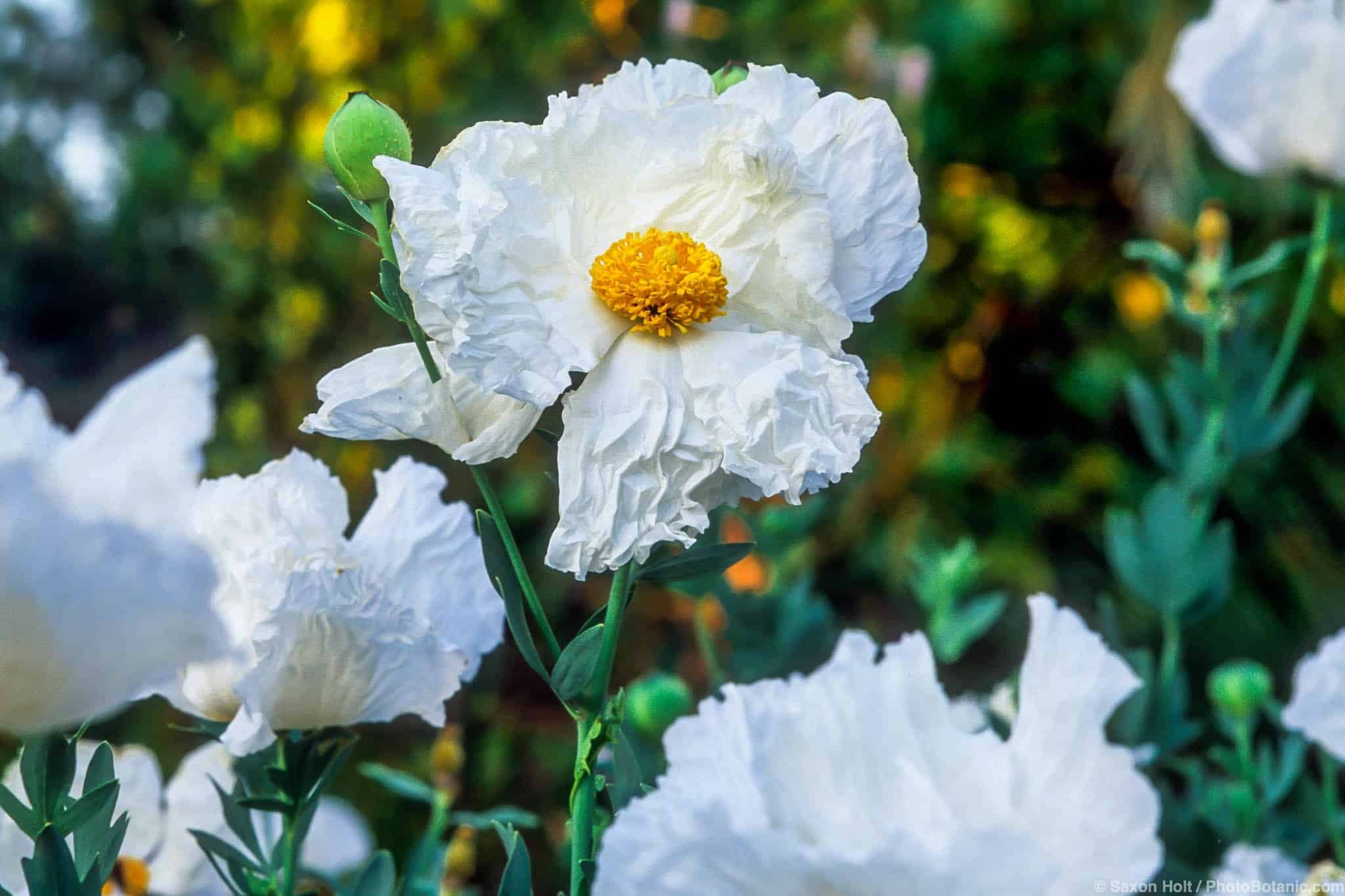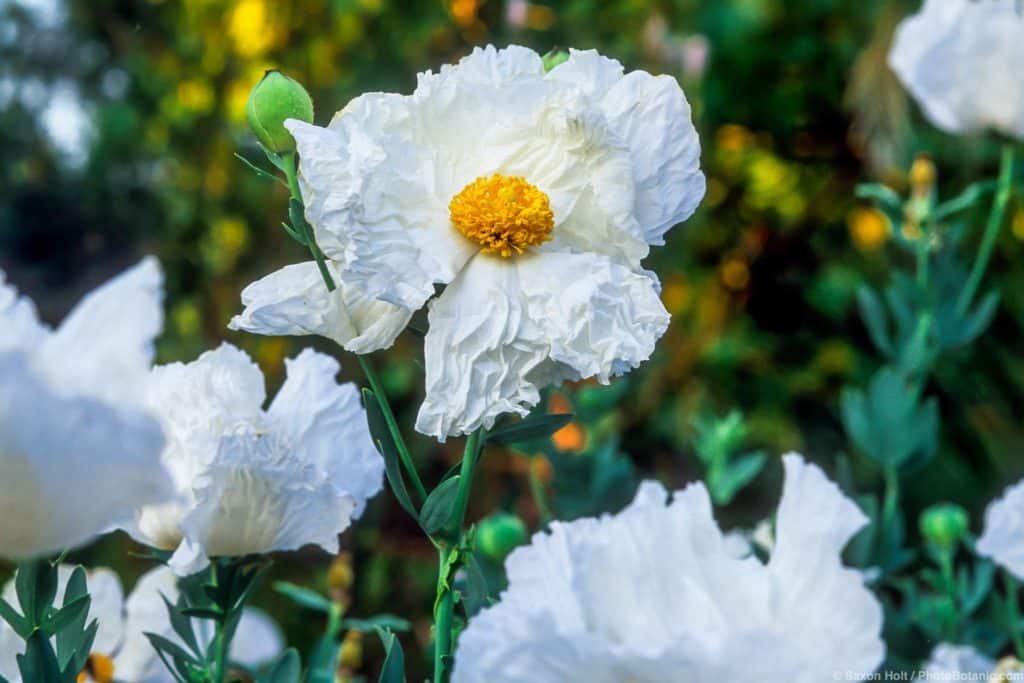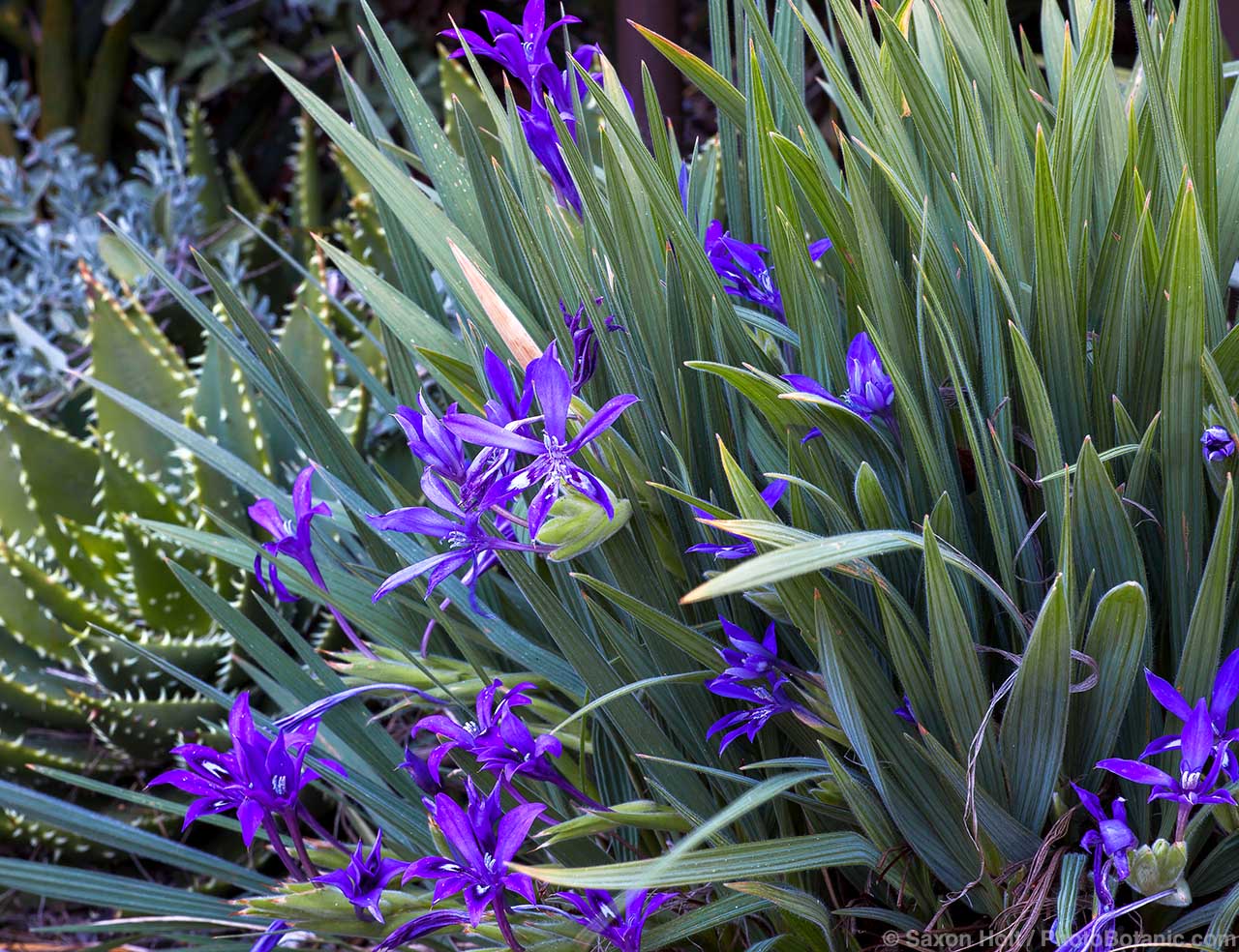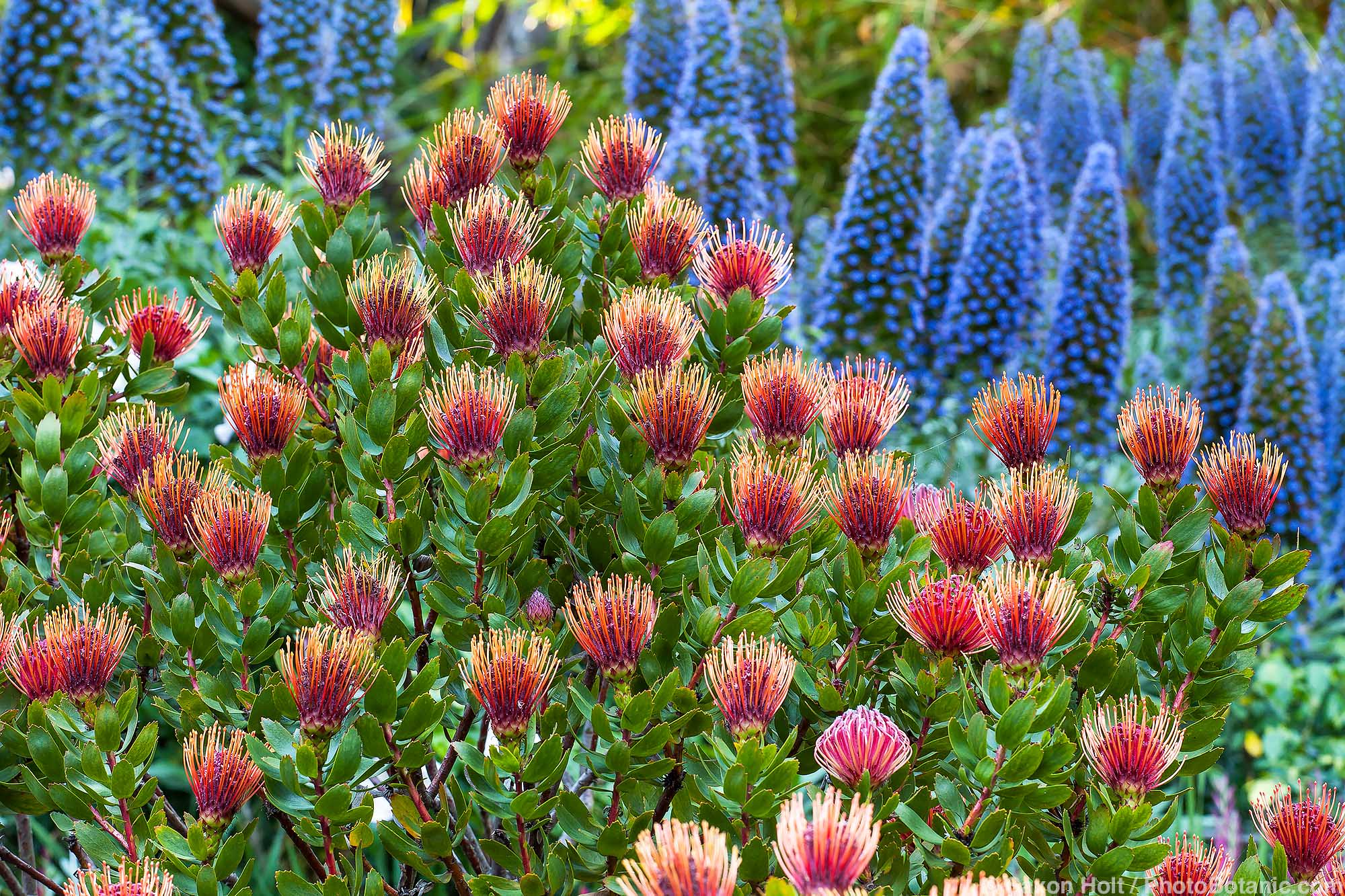Matilija Poppy

Share This!

Plant carefully without disturbing the roots. Water thoroughly at planting and weekly through the first summer. The huge (4-6 inches across) white, crepe-papery flowers with bright yellow stamens each last about a week and then cleanly drop all their petals. The bristly seed pods are attractive among the flowers, which continue to open for weeks. Leaves are bluish gray-green, and stems can rise 6 to 8 feet tall or more. In a few years you will find yourself waiting expectantly for late May or early June, just so you can experience the heart-stopping display.

In normal water years, Matilija poppy receives enough rainfall to take plants through the summer with no help at all. If rains fail, they will still grow and bloom without summer watering, but the flowers will be smaller and the plants will die back more quickly.
After plants finish blooming and the leaves turn brown, you can cut the stems back to about a foot above the ground for a neater appearance or for fire safety. They’ll shoot up again to full height by next spring and bloom again in early summer.
Share This!
Related Articles
By: Nora Harlow
By: Nora Harlow
By: Nora Harlow





